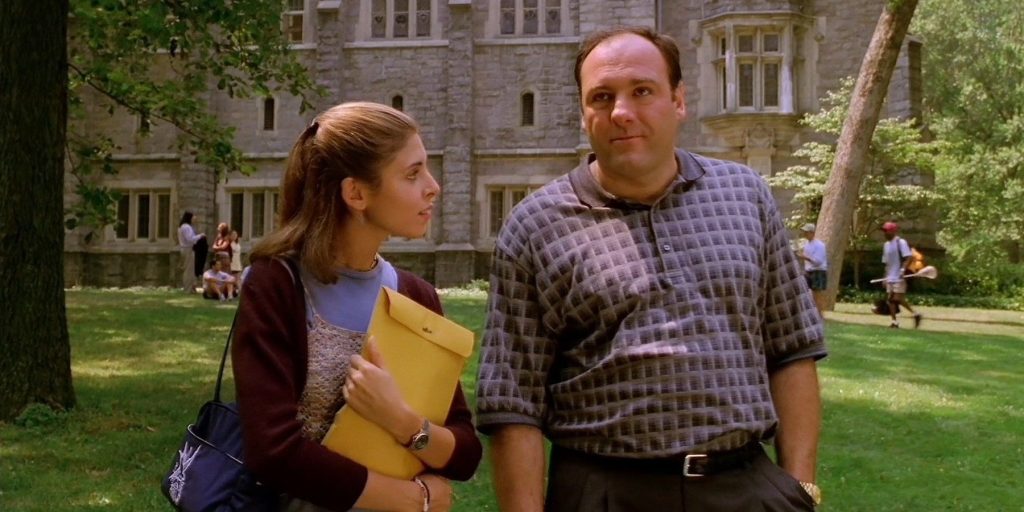“Ravenous” (1999): A Cannibalistic Conundrum of Morality and Madness – Film Review

“Ravenous,” directed by Antonia Bird and released in 1999, stands as a unique entry in the horror genre, blending elements of dark comedy, psychological thriller, and historical drama. Set in the 19th century during the Mexican-American War, the film explores themes of isolation, survival, and the primal instincts that lie beneath the veneer of civilization.
The Setting: Isolation and Tension
The film is set in a remote military outpost in the Sierra Nevada, a location that amplifies the sense of isolation and brewing madness. The harsh, unforgiving landscape serves as a perfect backdrop for the narrative’s exploration of human depravity and survival instincts. The isolation of the setting is mirrored in the characters’ psychological states, with each individual representing different aspects of moral ambiguity and ethical dilemmas.
Plot and Character Dynamics
At the heart of “Ravenous” is Captain John Boyd (Guy Pearce), a soldier with a troubled past, who encounters a stranger, Colqhoun (Robert Carlyle), with a horrifying tale of cannibalism and survival. The film masterfully unfolds as a cat-and-mouse game, with shifting perceptions of predator and prey, and a constant undercurrent of tension and uncertainty.
The characters in “Ravenous” are complex and multi-layered, each contributing to the film’s exploration of themes such as cowardice, heroism, and the blurred lines between humanity and monstrosity. Carlyle’s performance, in particular, is noteworthy for its intensity and ambiguity, keeping the audience guessing about his true nature and intentions.
Stylistic Choices and Cinematic Techniques
“Ravenous” employs a unique blend of stylistic choices that set it apart from traditional horror films. The use of dark humor amidst gruesome scenes of cannibalism creates a disconcerting contrast, challenging the audience’s expectations and emotional reactions. The cinematography, with its stark, cold landscapes and claustrophobic interiors, enhances the film’s atmosphere of dread and foreboding.
The score, composed by Damon Albarn and Michael Nyman, is another distinctive element of the film. The music’s eclectic mix, ranging from haunting melodies to jarring, off-kilter tunes, complements the film’s tone and themes, adding layers to the narrative and character development.
Behind the Scenes: Production Challenges and Triumphs
The production of “Ravenous” faced numerous challenges, including changes in directorial leadership and creative vision. Antonia Bird, who eventually directed the film, brought a distinct perspective to the project, emphasizing character development and psychological depth. Her approach to the material, focusing on the psychological and moral complexities of the characters, enriched the film’s narrative and thematic resonance.
The filming, conducted in harsh, remote locations, added a level of authenticity to the portrayal of the characters’ struggles against the elements and their own darker instincts. The production team’s efforts to create a believable 19th-century setting, with attention to historical detail in costumes, sets, and props, contributed to the film’s immersive quality.
Reception and Legacy
Upon its release, “Ravenous” received mixed reviews, with some critics praising its originality and dark humor, while others found its tonal shifts and graphic content jarring. Over time, however, the film has gained a cult following, appreciated for its unique blend of genres, its philosophical and moral inquiries, and its bold stylistic choices.
In retrospect, “Ravenous” can be seen as a film ahead of its time, offering a complex narrative that defies easy categorization. Its exploration of the human capacity for survival, the ethical boundaries of necessity, and the nature of evil, positions “Ravenous” as a thought-provoking and unconventional entry in the horror genre.
In summary, “Ravenous” is a film that challenges and enthralls, offering a rich tapestry of narrative and thematic elements, bolstered by strong performances, distinctive style, and a willingness to explore the darker recesses of the human psyche. Its journey from a troubled production to a cult classic underscores its unique place in the annals of horror cinema, resonating with audiences seeking a film that is both intellectually engaging and viscerally impactful.




